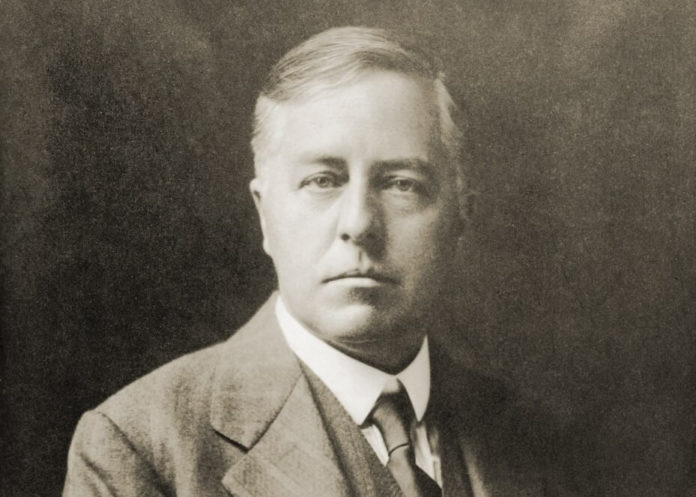|
Audio: Listen to this post | © ClassicBooks.com
|
Sir James Hopwood Jeans is one of the most highly acclaimed astronomers, mathematicians, and physicists, for he was the first to propose the notion that the universe continuously produces matter. He also made other significant contributions, especially as a writer. His most notable works revolved around astronomy, including The Mysterious Universe. The astronomer taught at several educational institutions, including Princeton University and the University of Cambridge. He is also known to have proposed the theory of continuous-creation, which happened the same year he was knighted. Jeans spent a better part of his time investigating spiral nebulae, giant stars, dwarf stars, and multiple star systems.
Personal life and education
James Jeans was born on 11 September 1877 in Ormskirk, Lancashire, and died on 16 September 1946 in Dorking, Surrey, England. The son of William Tulloch Jeans, a British parliamentary journalist and author, he received his education at Camberwell, Wilson’s Grammar School, Merchant Taylors’ School, and Trinity College, Cambridge. He demonstrated significant academic abilities in school, a fact that prompted his teachers to develop a special interest in him. His stunning academic performances across the spectrum of subjects are displayed at Merchant Taylors’ School.
In 1896, Sir Gilbert Thomas Walker sent for Jeans and Hardy to attend Part I of the Mathematical Tripos, which was set to run for two years. He told him that he was not sure about how they would perform, but what he could guarantee is that they would never forget the experience. They accepted the invitation and received training from R.R. Webb, the most famous private coach of the time. Jeans never liked the experience and complained to Walker, who personally took Jeans. The results were mesmerizing.
Jeans James first married Charlotte Tiffany Mitchell, an American poet, in 1907. The two divorced, and he remarried Suzanne Hock in 1935.
Career
Jeans’ career life started as a fellow at Trinity College in October 1901. In 1904, he became a professor of Applied Mathematics at Princeton University. He went back to Cambridge in 1910.
As a physicist, Jeans made immense contributions to different areas in physics, like stellar evolution, the theory of radiation, and quantum theory. His assertions about the origin of the solar system saw him discredit Laplace’s theory that the solar system emanated from a cloud of gas. His proposal was somehow closely tied to the Big Bang Theory. He explained that over two thousand million years ago, a wandering star approached the Sun. The star’s gravitational pull created a tide on the Sun’s surface. This increased in size and burst to scatter pieces in space, forming the planets that we know today.
His major accomplishments include Jeans length, Jeans mass or Jeans instability, and the Rayleigh-Jeans law. He is also recognized for having calculated the rate of atmospheric escape, which he named Jeans Escape. The scientist received several awards and honors.








